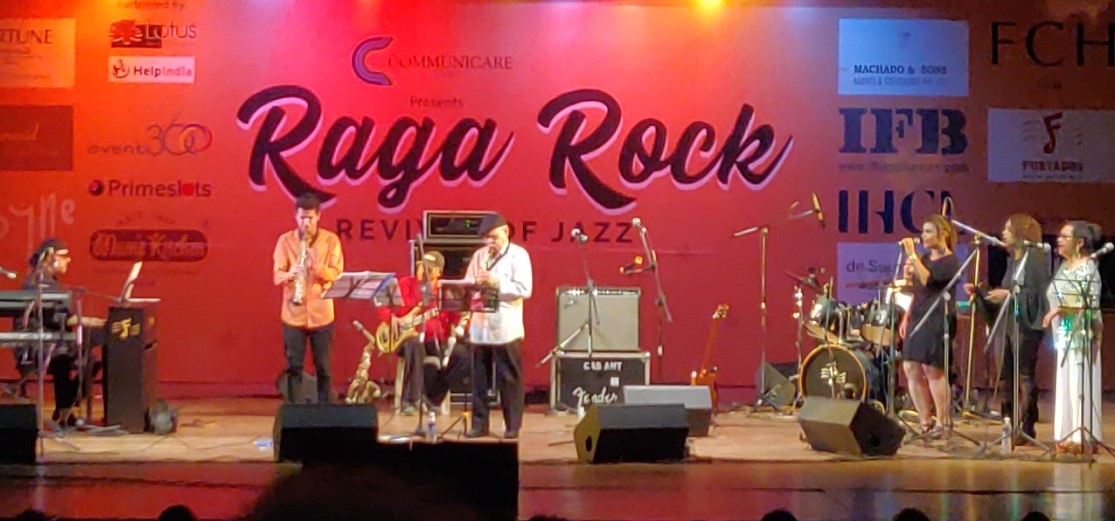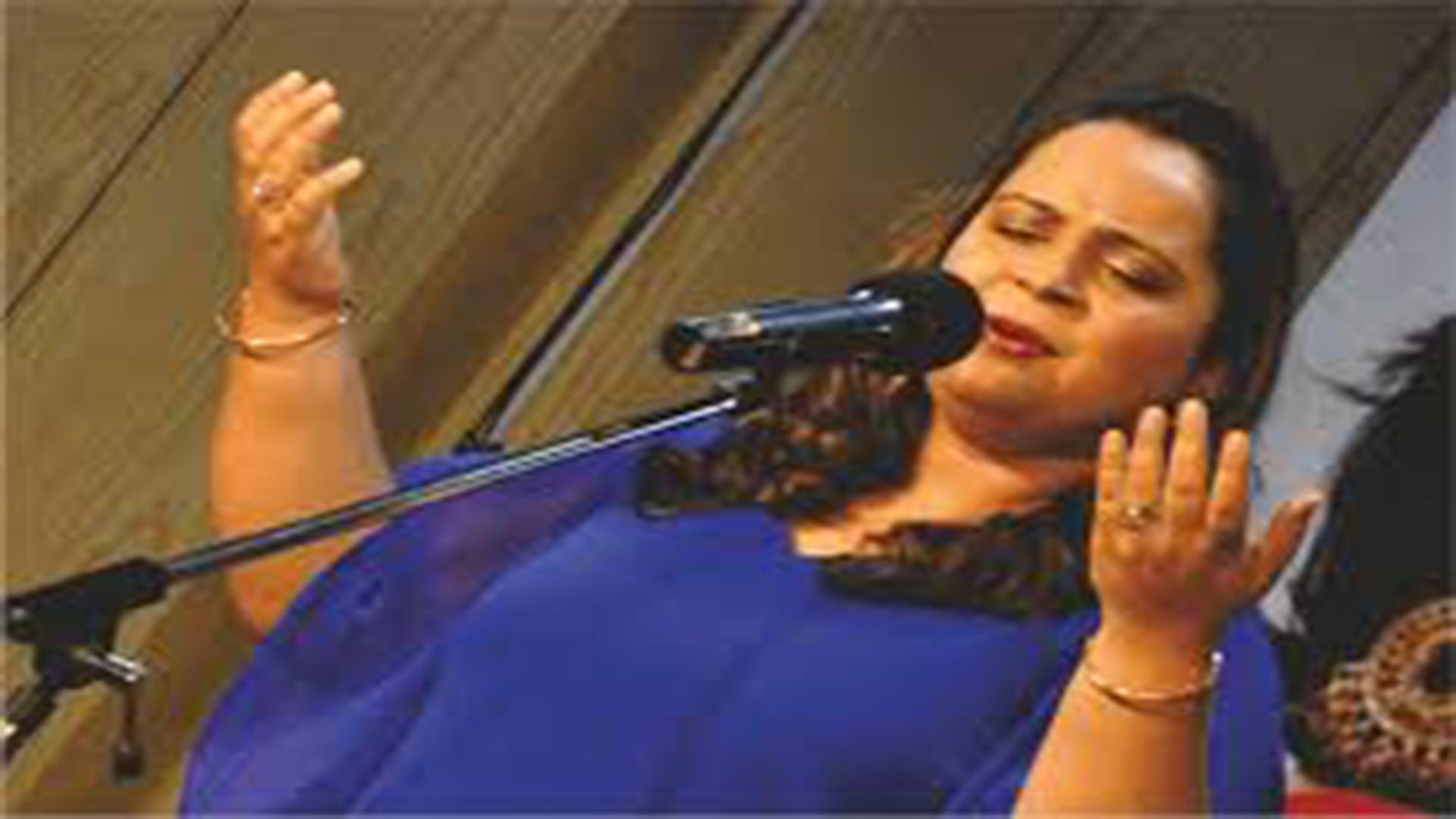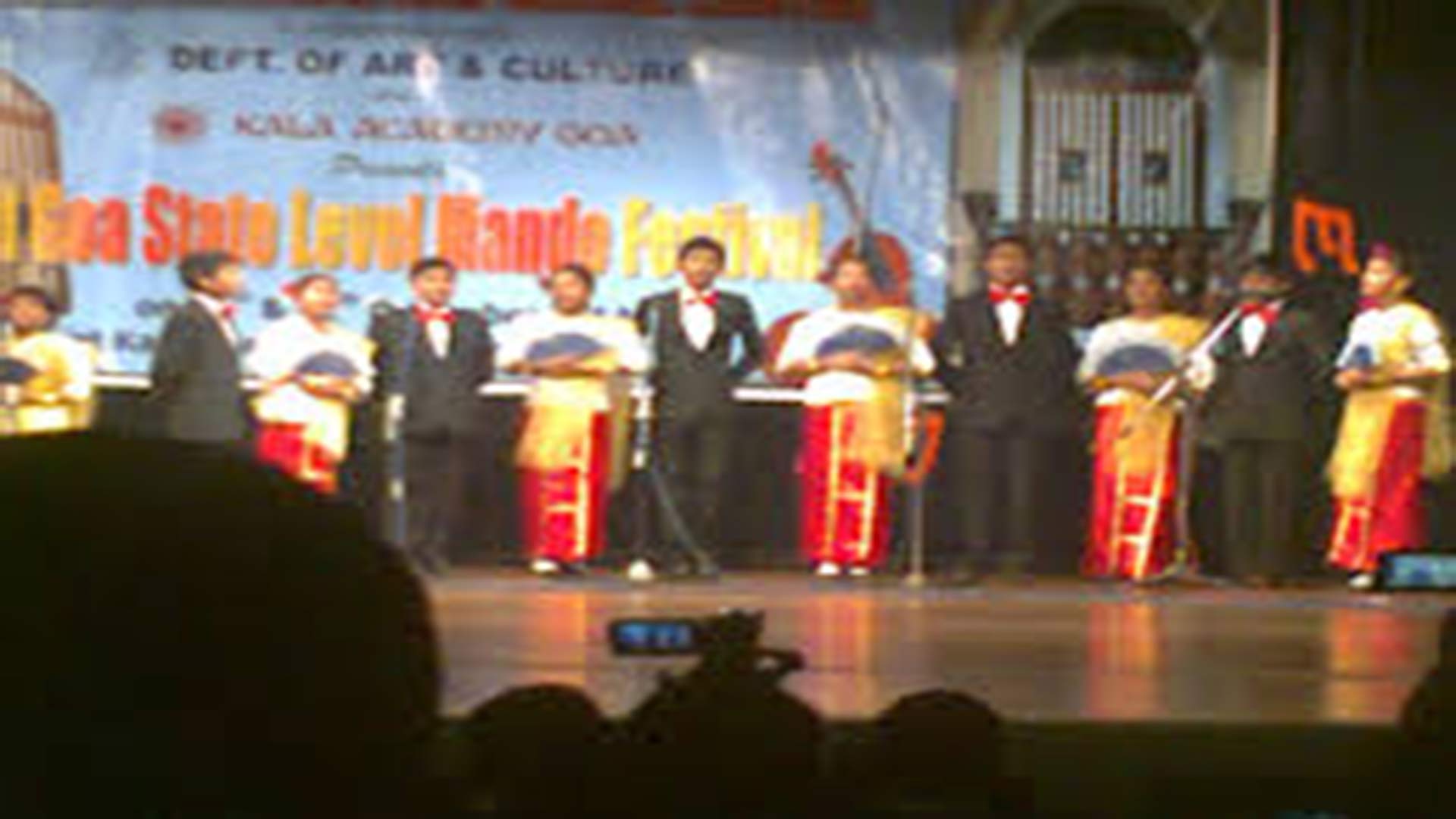Celebrating Braz and Jazz
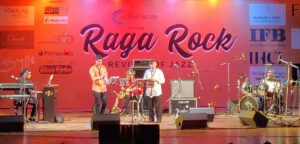
"Raga Rock" was a much-deserved tribute to Goa-born Braz Gonsalves. Thanks to this presentation by Panjim-based Communicare Trust run by Nalini Elvino de Sousa, Goa got to sing paeans to a Jazzman who keeps a low profile after decades of showmanship in the Indian metros.
At the Kala Academy, on 14 June, I was charmed by the sight of a senior citizen at the entrance, welcoming guests with a gracious smile. Many passed him by, unsuspecting that he was Braz Gonsalves himself. For sure, many jazz aficionados have heard of the man and enjoyed his music; very few would have met him in person.
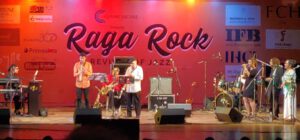
A few minutes later, the very same man wearing his trademark flat cap stole the show. At 86 years of age, he regaled a packed auditorium with his magical, golden saxophone. He was joined by his good ol’ boys: Louiz Banks (who formed the great Indo-Jazz Ensemble, with Braz); Karl Peters, India’s foremost bass guitarist, and drummer Lester Godinho, not forgetting his own, musically talented wife Yvonne ‘Chic Chocolate’ Vaz, daughter Sharon, son-in-law Darryl Rodrigues, and the youngest – and perhaps the most talented of them all – his grandson Jarryd Rodrigues. “Grandfather meets grandson,” boomed Banks, who also remarked that “the legacy of Braz Gonsalves is in the safe hands of his grandson Jarryd.” They made an amazing duo.
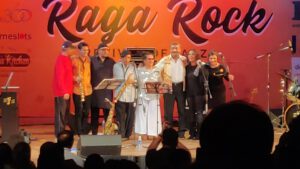
What a spectacular evening of jazz! And the music will play on, if the revelations on stage are anything to go by: Jazz pianist Jason Quadros, Portuguese-born soprano Maria Meireles, Anthony Fernandes (bass) and the ‘cool’ Coffee Cats comprising Ian de Noronha (keyboards, bass and melodica), Neil Fernandes (guitar and vocals), Jeshurun D’Cruz (drums), Jarryd Rodrigues (alto and soprano saxophone), Gretchen Barreto (vocals), Ajoy D’Silva (trumpet), and Lester D’Souza (tenor sax).
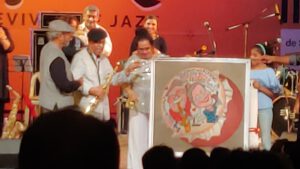
The music segment (vocals and instrumentals) was preceded by a musical skit in which sixteen children recreated the story of Braz Gonsalves’ life which began in Neurá-o-Grande, a village my ancestors hail from. And that was an added reason for me to celebrate Braz and Jazz!
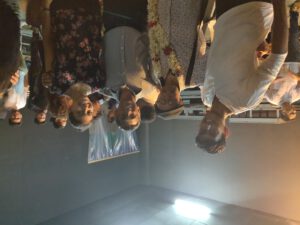
Naval Band enthrals
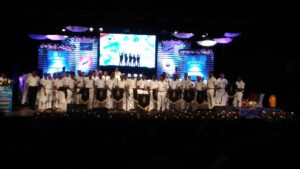
What we know of the Indian Navy is that it safeguards the nation’s maritime borders, enhances international relations through joint exercises, port visits and humanitarian missions, including disaster relief.
What we know very little about, however, is that the Navy prides itself on its band. They perform at events of national and international significance. Those include the Republic Day Parade and the celebrations that culminate in the Beating Retreat ceremony in New Delhi.
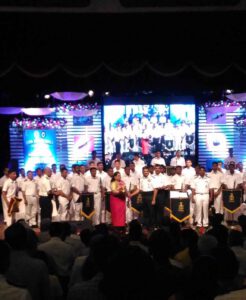
Interestingly, the Band, formed way back in 1945, accompanies naval ships on goodwill visits to foreign shores. It has woodwind, brass and percussion sections. String instruments include the violin and the double bass; and among the Indian instruments are the tabla and the dholak. The Indian Navy musician officers, playing in ensemble with the bands of foreign nations, double as unofficial musical ambassadors of the country.
The sixty-six men Indian Naval Symphonic Band is in concert in our State, performing under the baton of the Director of Music (Navy), Commander Vijay D’Cruz, who is of Goan origin. He is assisted by T. Vijayraj. Their repertoire includes fanfare, waltz, folk, swing, fusion, hymns and patriotic music; of which my favourites were 'Le Mariage de Figaro', 'Skater's Waltz' and 'Abide with Me'.
Commander's D'Cruz's composition, ‘Folk Tunes of Western India’, which took the audience on a journey through the states of Western India including Goa enthralled the audience. ‘American Patrol’, a popular marching tune composed by Frank White in 1885, and ‘Shanmughapriya’, a ragam in Carnatic music, followed.
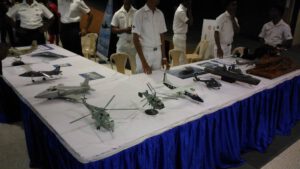
Today’s show at Dinanath Mangueshkar auditorium of Kala Academy was packed to the rafters. It was beautifully compered by Genevieve da Cunha, wife of commanding officer of INS Mandovi, Captain Sanjay da Cunha, whose family hails from Curtorim.
A beautiful mix of great social propriety and bonhomie marked the event. It was a treat to see the officers and their families interacting among themselves and with their guests.
Sonia - The Fado's New Fate
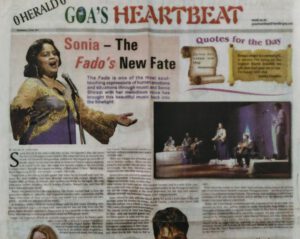
Sonia Shirsat is the Fado’s Lady Fate in Goa. On Valentine’s Day she swore her love for Portugal’s iconic melody. That the song has come to stay became obvious from the near-full Dinanath Mangueshkar auditorium that lapped up every bit of Mundo Fado II, Sonia’s first solo show on home turf.
Sonia’s voice is extremely well suited to the fado. Her talent first became evident at the ‘Vem Cantar’ contest (2002), through her superb rendering of Madre Deus’ ‘O Pastor’. Before long, ‘Barco Negro’’ sung by her also became a people’s favourite. And this time, a bright new ship – ‘M. V. Mundo Fado’, if you like! – dropped anchor in Panjim, from where it will again sail the Seven Seas.
Impressive is the line-up of fado greats that Sonia has performed with over the years. But more fulfilling must have been her own first solo concert, Mundo Fado, held in 2008, at Museu do Oriente, close to Alcântara docks, by the Tagus. She sang to a packed house, with guest artistes including Mestre António Chaínho, Manuel Leão, and Casa de Goa’s musical troupe, Ekvat!
Notice the poetry of that fabulous setting: the Orient, harking back to Goa; the proverbial waterfront, where the Fado originated amidst a sailor community; and the Tagus, from where all those intrepid ships once sailed “o’er seas hitherto not navigated… to seek out new parts of the world”….
So it was at Alcântara (‘the bridge’, in Arabic) that Sonia crafted her musical bridge with the fado world. Climbing onto the international stage is no mean task, especially for one not fully born into the genre. Sonia chose to cultivate it, chaperoned by her Lusophile mother Maria Alice Pinho, who belongs to a Goan generation raised on Portuguese music.
Mundo Fado II started off with an evocative instrumental medley by Sonia’s main accompanists, Flávio Teixeira Cardoso (Portuguese Guitar) and Pedro Miguel Soares Marreiros (Spanish Guitar) from Portugal. While they were at it, in walked Sonia draped in a designer gown and shawl. The backdrop was a quiet, understated, white with colour focus lights. Her first song was ‘Cansaço’ (‘Weariness’)… but needless to say both audience and artiste were zestful until the end!
There was a happy mix of familiar and not-so-familiar numbers. ‘Alfama’ (a tribute to Hotel Cidade de Goa’s restaurant of the same name where she is the lead artiste at the monthly ‘Noite de Fado’) was followed by ‘Amor de Mel’, Fado das Horas’, ‘Tive um Coração’, ‘Meu Amor Marinheiro’ and ‘Zanguei-me com o meu Amor’, among others.
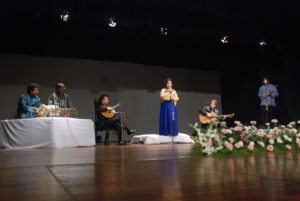
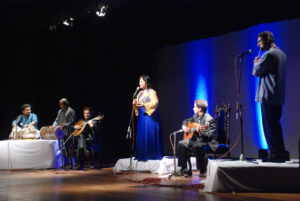
Sonia’s show was marked by measured stylistic innovation. It featured the tabla (Mayuresh Dattaram Vasta), the flute (Marwino António da Costa) and the dhol (Santosh Sawant). And in a style all her own, the vocalist had none of that over-the-top emotionality of the Portuguese fadistas, nor did the tempo quicken as the show progressed; but she sang with passion, offering personal and historical snippets in her announcements.
Sonia infused the fado with new blood, giving the genre a fresh lease of life, and perhaps scope for another to emerge (in a Goan tradition of give and take, which people of good will must endorse). ‘Rua do Capelão’, a ‘modern fado Severa’, with flute and guitars, was a tribute to Maria Severa, 19th century Portugal’s best-known fadista. The popular ‘Cartas de Amor’ was backed by flute, tabla and Spanish guitar; and ‘Ave Maria Fadista’ by tabla and the guitars. It was most fascinating to see the Indian instrumentalists gel with their Portuguese counterparts in ‘Barco Negro’. The latter also took to ‘Doreachea Lharari’ and ‘Adeus Korcho Vellu Pavlo’ as fish to water.
Sonia hailed the mandó as ‘Goa’s fado’! And curiously, hiding behind the Konkani title of our best-known farewell song were Portuguese lyrics – the labour of love of a suave Goa enthusiast Manuel Bobone. The ensuing musical dialogue symbolised a confluence of the past and the future; and its melody is an apt signature tune for Sonia’s Luso-Goan musical experiment.
Mundo Fado II unwittingly commemorated the centenary of the modern fado, first recorded in 1910. And, putting behind its nearly five-decade long hiatus in Goa, Sonia gave a clarion call to young fado singers Danika da Silva Pereira, Manuela Lobo and Efigénia de Santana Miranda to rise to the occasion. She also expressed her camaraderie by inviting guest artistes Carlos Manuel Meneses and Allan Abreu (both Spanish Guitar), Daryl Coelho (Mandolin) and Franz Schubert Cotta (Portuguese Guitar) to be on stage with her. And early in the show, she recalled the musical moments shared with Orlando de Noronha and Dinesh K., both of whom couldn’t make it that day….
That’s ‘Team Sonia’ for you, poised to carve out a brilliant new fate for the Fado in Goa!

(Herald, Goa’s Heartbeat, 23 Mar 2011)
Mando Moments
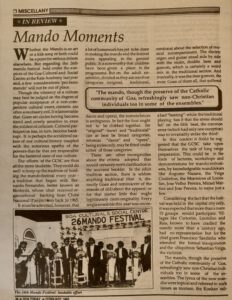
Whether the Mando is an art or a folk song or both could be a point for serious debate elsewhere. But regarding the 26th mando festival held under the auspices of the Goa Cultural and Social Centre (GCSC) at the Kala Academy last year end, a few considerations 'pro bono mando' will not be out of place.
Though the vibrancy of a culture may best be judged on the degree of popular acceptance of a non-competitive cultural event, contests are often a necessary evil. It is lamentable that Goan art circles having become timid and overly sensitive to even the mildest of criticism. Cultural participation has in turn become bankrupt. It is perhaps the accidental nature of our cultural history coupled with the notorious apathy of the powers-that-be that are responsible for the battered state of our culture.
The efforts of the GCSC are thus all the more laudable. They could do well to keep up the tradition of holding the mando festival every year – a tradition that began with Bernardo Fernandes, better known as Benferds, whose ideal received organisational backing from Clube Nacional (Panjim) way back in 1965.
It must be admitted, however, that a lot of homework has yet to be done in making the mando and the festival more appealing to the general public. It is noteworthy that children have been given a place in the programme. But on the adult ensembles, divided as they are into four categories (original, traditional, dance and opera), the nomenclature is ambiguous. In fact, the four ought not to be clubbed together, for "original" (new) and "traditional" can at best be broad categories, whereas "dance" and "opera", being styles only, may be fitted under either of those categories.
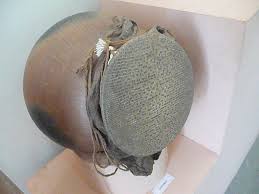
There are other incongruities about the criteria adopted that would certainly merit clarification in the souvenir booklet. In the adult tradition section, there is seldom anything traditional (that is, distinctly Goan and reminiscent of the mando of old) about the apparel; or for that matter little that might legitimately claim originality. Every single ensemble this year was unconventional about the selection of musical accompaniment. The electric organ and guitar stood side by side with the violin, double bass and gumott, which is certainly a weird mix in the traditional section. And ironically, it was the dear gumott, the most Goan of them all, that suffered a bad "beating": while the traditional playing has it that the stress should fall on the fifth beat, the common error (which had only one exception) was invariably to strike the third!
In this context it could be suggested that the GCSC take upon themselves the task of long range preparation. This could be in the form of lectures, workshops and demonstrations for mando enthusiasts, by knowledgeable manddekars like Augusto Nazaré, the Veiga Coutinhos, the Monteiros of Loutulim, José Velho Pereira, Micael Martins and José Pereira, to name just a few.
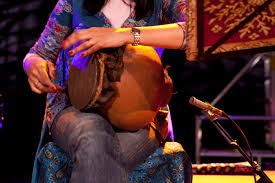
Considering the fact that the festival was held in the capital city only, it was expected that more than a mere 15 groups would participate. Villages like Curtorim, Loutulim and Raia, known to have cradled the mando more than a century ago, had no representation but for the chief guest Francisco Sardinha who attended the formal inauguration, and the ubiquitous Sebastião Veiga, the violinist.
The mando, though the preserve of the Catholic community of Goa, refreshingly saw non-Christian individuals too in some of the ensembles. The lyrics of the new mandos were topical and referred to such issues as tourism, the Konkan railway, drug addiction, unemployment, crime and the Konkani language. That the mando is a love song was spicily highlighted by the compere with his inimitable brand of jokes. At least two groups in the original category pinched the music of some well-known dulpods – an affront to all manddekars in the audience, and which should have fetched them a disqualification.
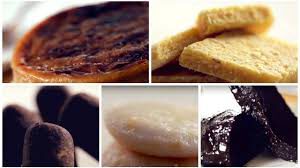
To enhance the festival spirit, is would certain pay to recreate the olden ambience of the mando, not only on stage but outside it. For instance, Goan sweets and delicacies could be made available during the intermission. To foster a greater involvement of the audience, a traditional dress contest could be held in the auditorium itself. Finally, in an effort to popularise literature and audio-visual material on the mando, the works of Agapito de Miranda, Antscher Lobo, Lúcio Rodrigues, Lourdino Barreto, José Pereira and Micael Martins could be exhibited and sold. This would mean a service to the general public and a fitting tribute to the past and present masters of the mando.
(Goa Today, February 1993)
